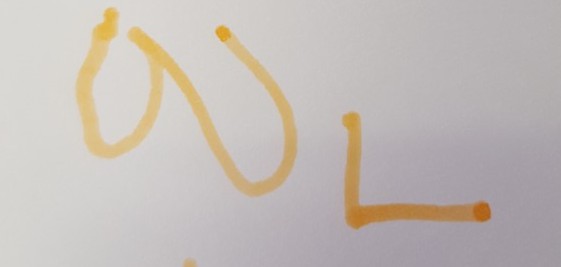 As spring has well and truly sprung, our visits to the allotment have resumed.
As spring has well and truly sprung, our visits to the allotment have resumed.
This presents an abundance of science opportunities for the children to experience.
![20160509_102759[1]](https://blogs.glowscotland.org.uk/in/public/kellystscientists/uploads/sites/4816/2016/05/20160509_1027591-e1462954514641.jpg)
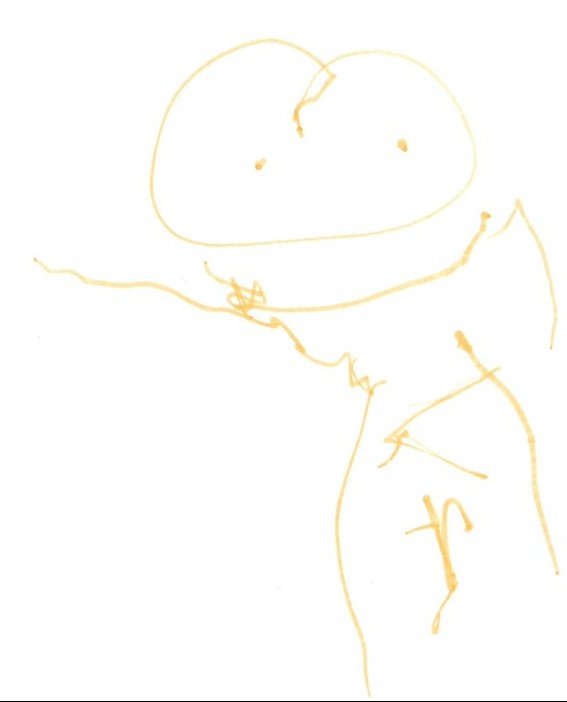
We were blessed with glorious sunshine on our visit on Monday, however our session started inside thinking about what seeds need to grow and how they change.
“They need soil” – Nathan
“They need the sun” – Patrick
“Water!” – Harmony
Skippy showed us the beans and peas that were planted by the last group.
They had grown into little plants.
We had a think about what the plants needed to grow and how this could happen inside the hut (which has no windows).
“You could use the lights!” – Patrick
Skippy showed us the propagator and let Nathan and Lara feel the heat mat that keeps the seedlings warm and gives them light because the sun can’t do either inside.
Nathan applied his previous learning to what Skippy had shown and told us…
“Maybe the beanstalk will grow and have a castle at the top!” – Nathan
Skippy assured us that he hadn’t used magic beans so a castle was very unlikely. Then we went outside to see what was in the allotment, and what was growing.
We saw an interesting green box at the end of a path…
It was the allotment’s beehive!
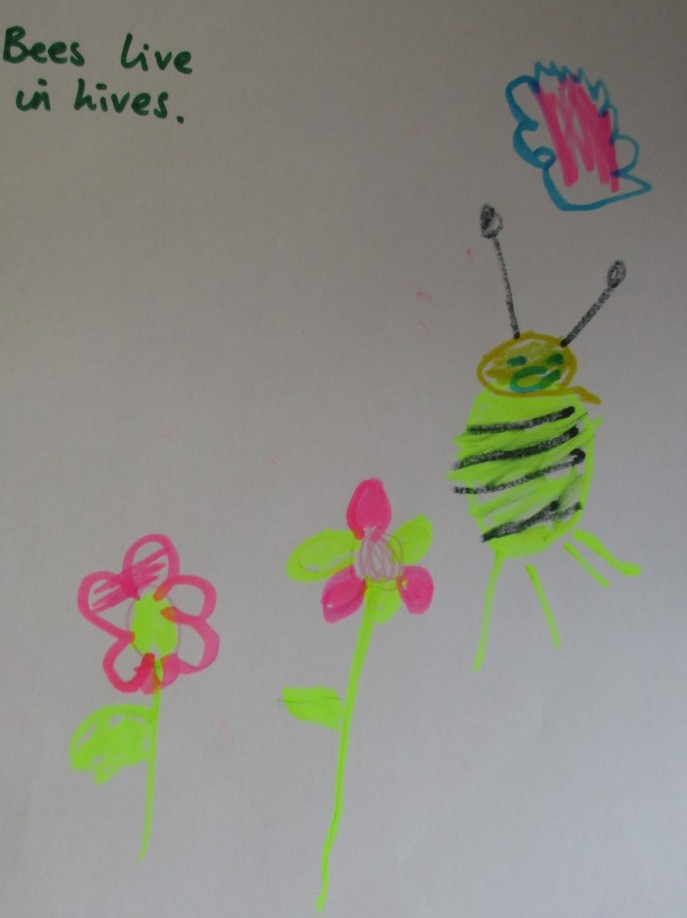
Skippy told us how bees are essential for plants to grow.
“Without bees, nothing could live!” – Patrick

We looked at some flowers to find the middle bit that the bees visit to collect nectar and get stuck with pollen. When the pollen from different flowers gets mixed up it allows new seeds to be formed – this is called pollination.
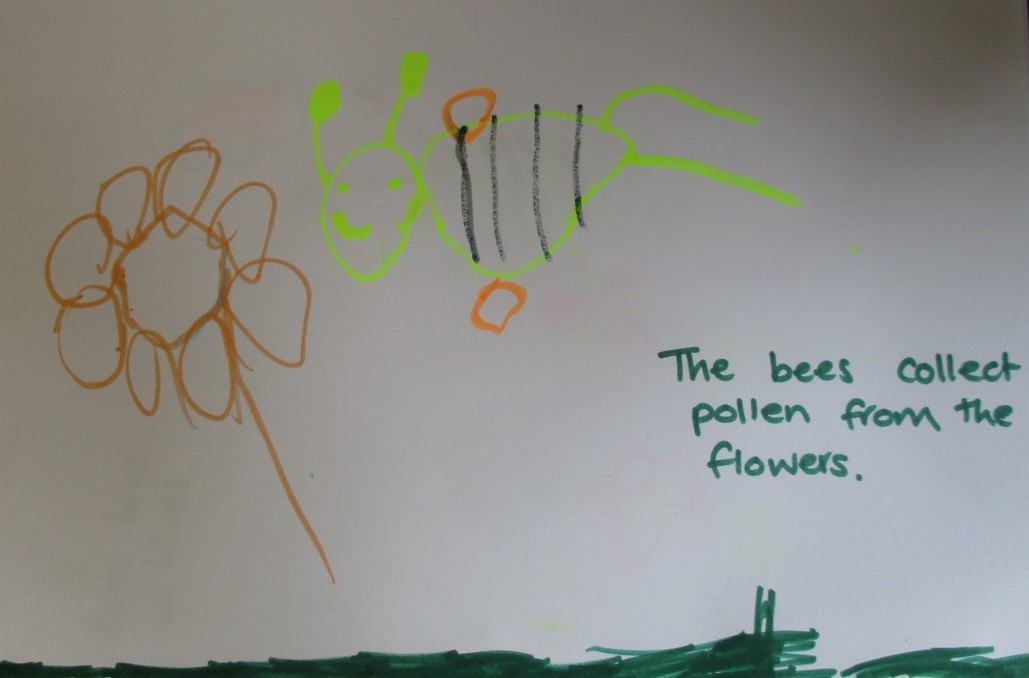
Some of the middle yellow bits were extra special…
The strawberries aren’t the only fruits growing in the allotment.
We had a lot of thinking about seeds and how they grow, finding pollen and seedlings that have started to grow. However we hadn’t thought about how weeds and wild plants spread. The gardeners didn’t plant the chives in the path or the dandelions. We had a think about what moved them.
“The wind did it!” – Harmony
Skippy showed us where the seeds were formed in some plants and we helped spread some.
Blowing dandelion clocks are a fun way to help your child count, think about more or less and learn about time language! The Mary Queen of Scots dandelion head popping rhyme is  a good fine motor exercise, helping your child strengthen their finger muscles in preparation to write! The latter is more popular with gardeners
a good fine motor exercise, helping your child strengthen their finger muscles in preparation to write! The latter is more popular with gardeners
All to soon it was time to return to the nursery, smarter little biologists.
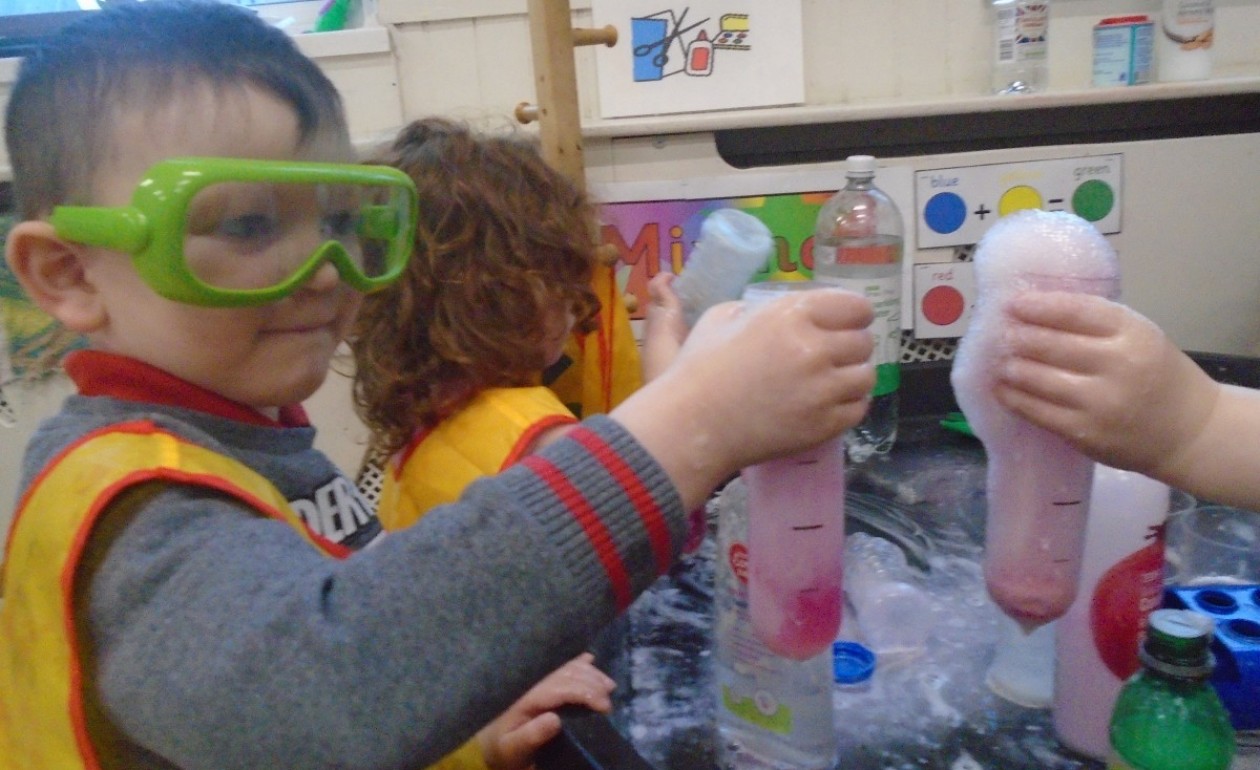






































 Our visits to the allotment will continue throughout the growing season. We endeavour to get as many children to experience this as possible so your child should get a turn at some point.
Our visits to the allotment will continue throughout the growing season. We endeavour to get as many children to experience this as possible so your child should get a turn at some point.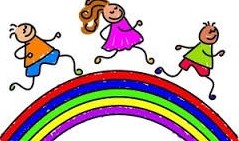









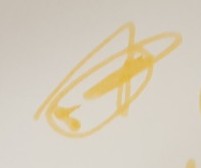
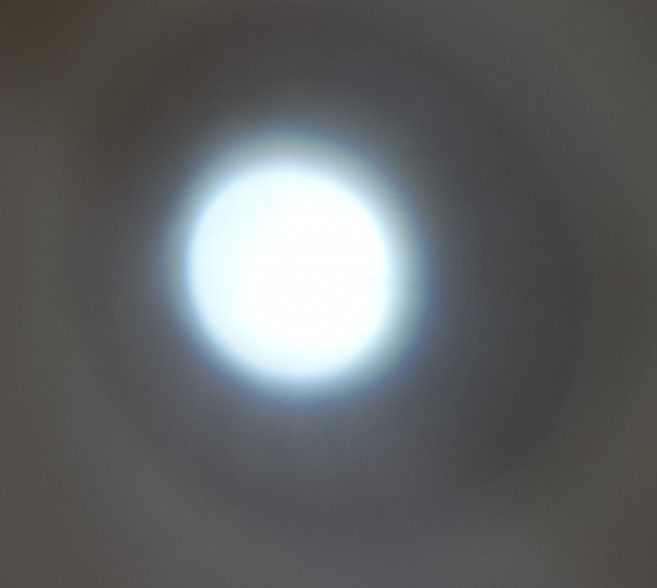
















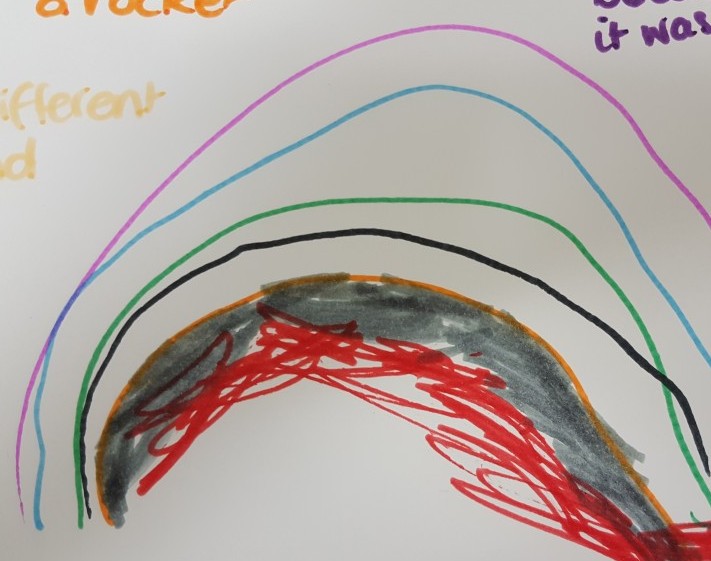
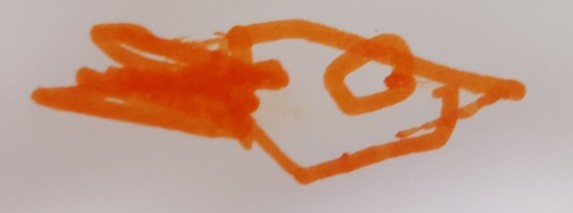








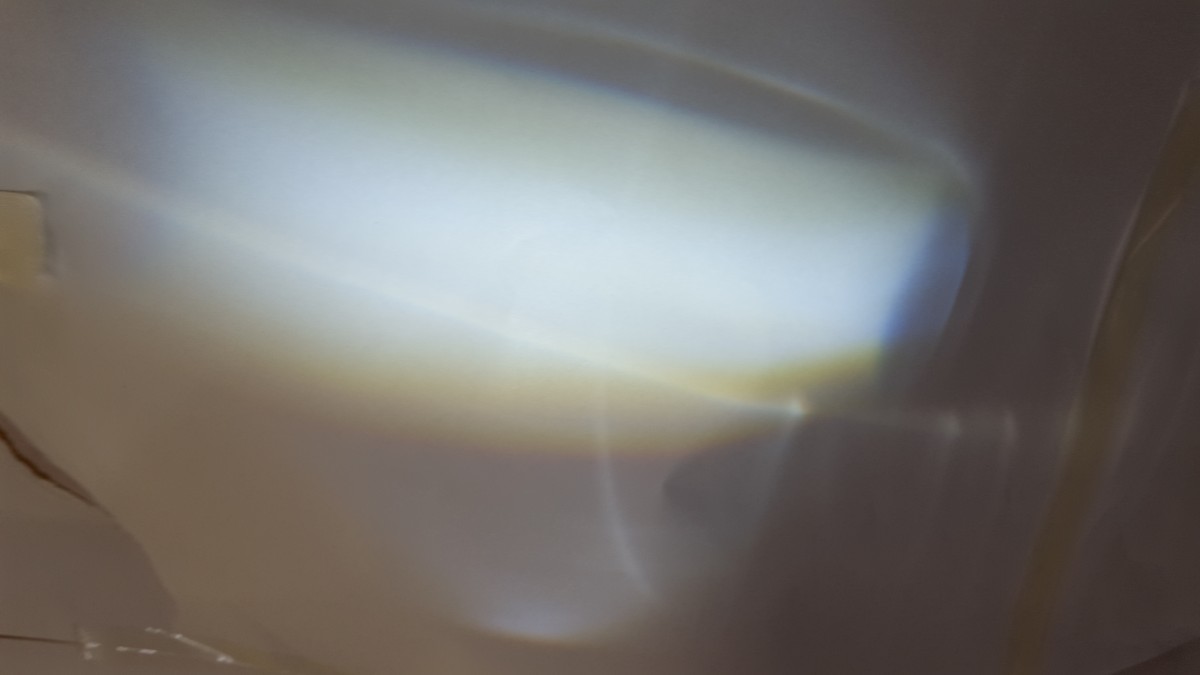

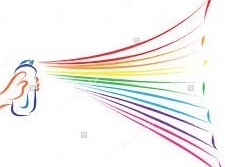
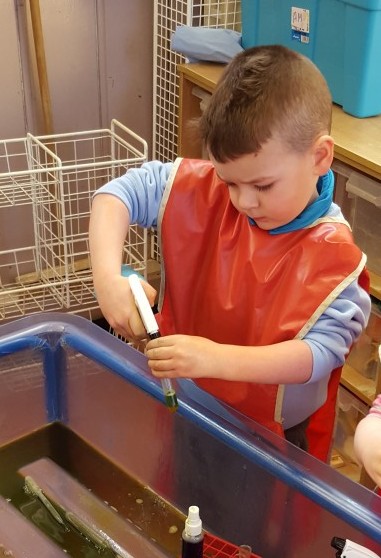

















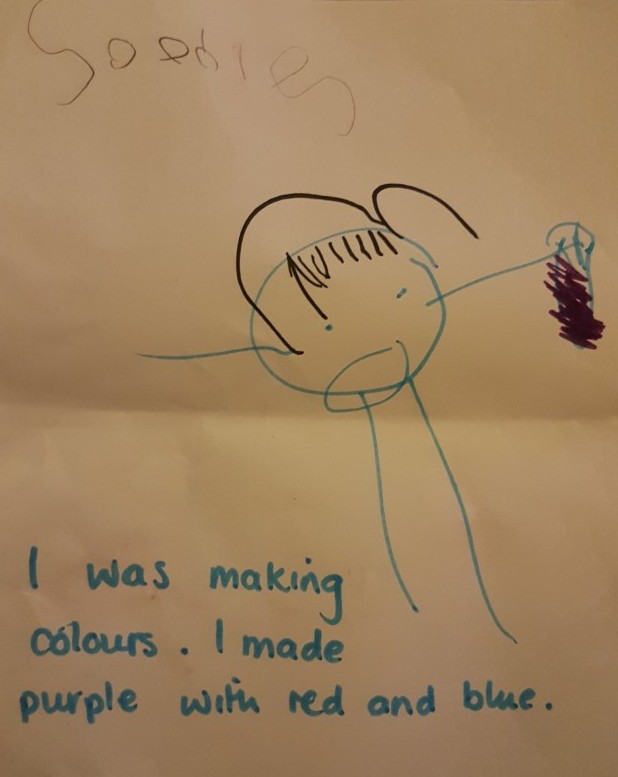
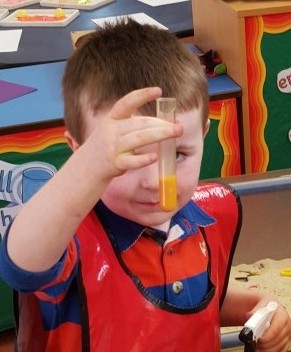










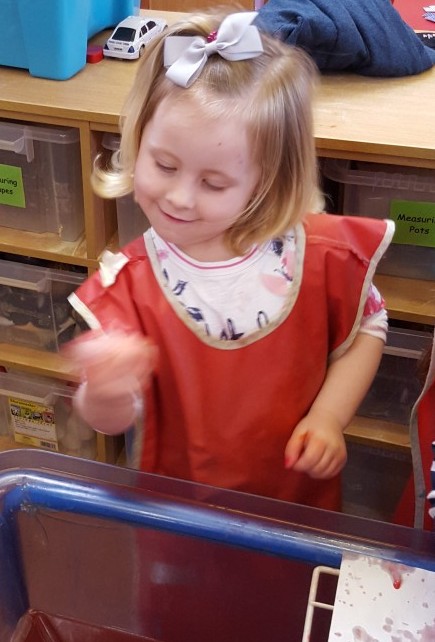


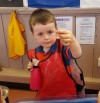

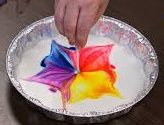














































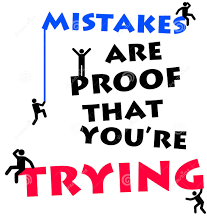
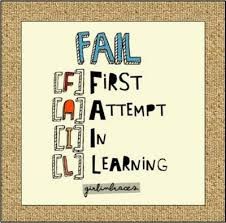


































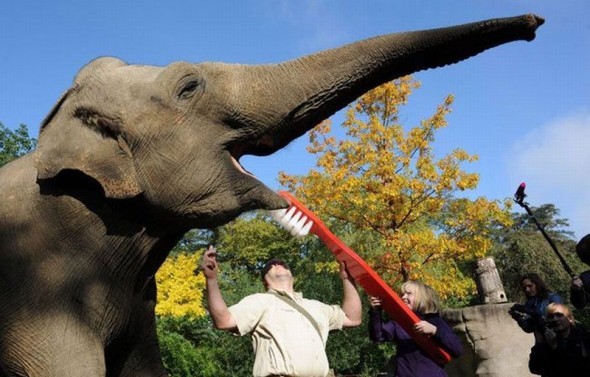
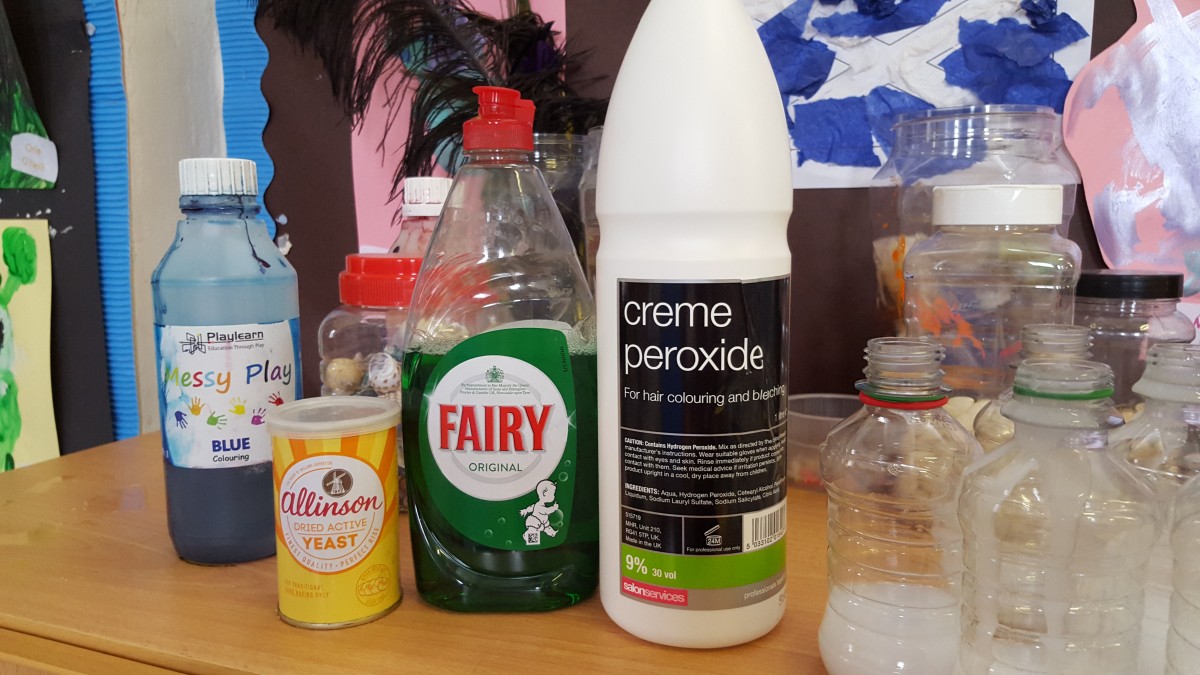
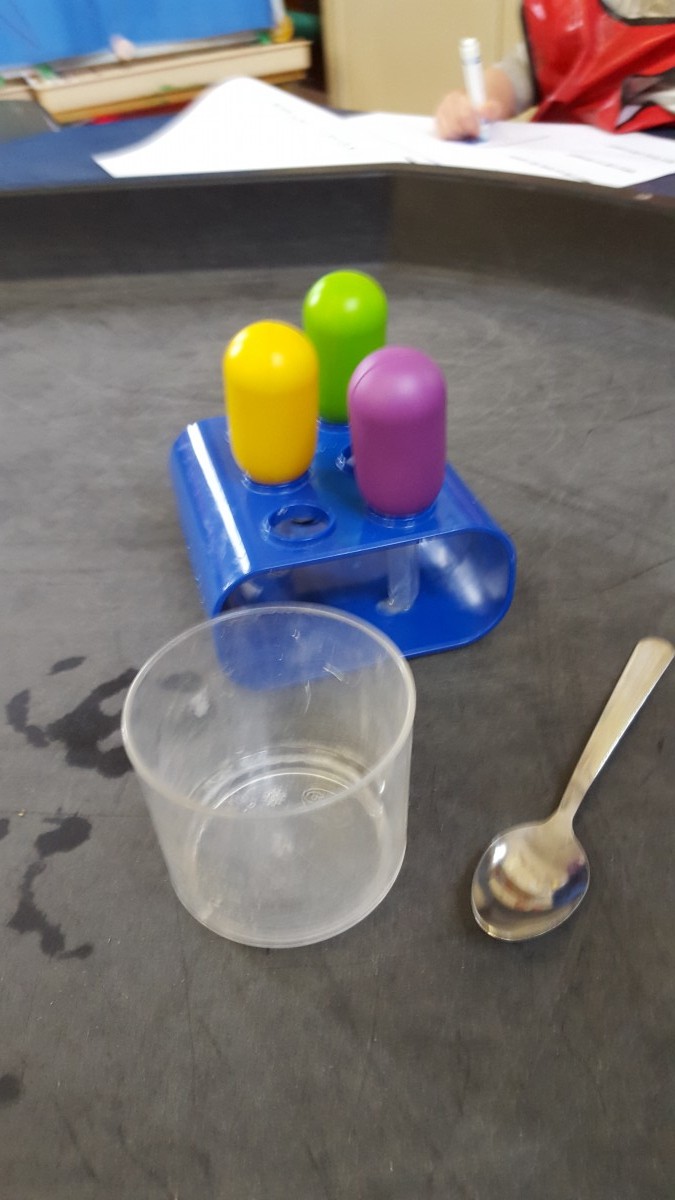














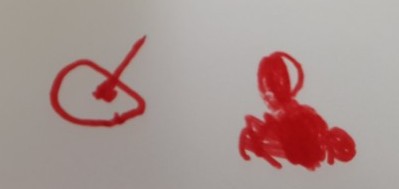







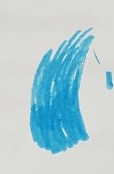
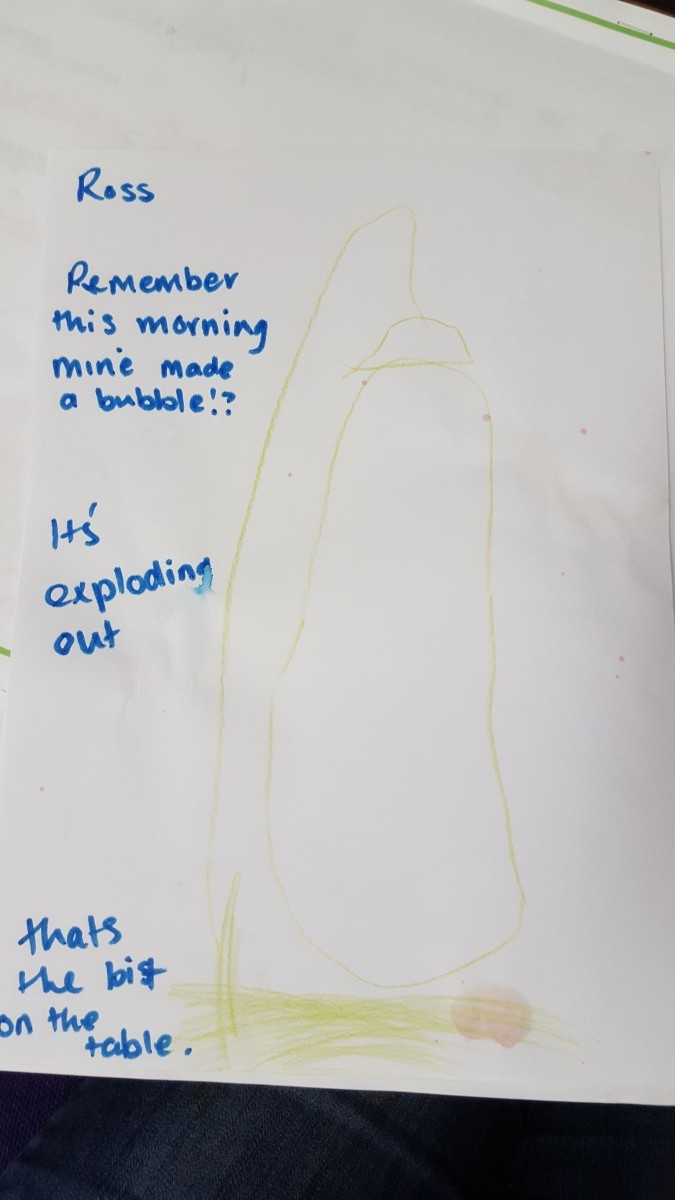






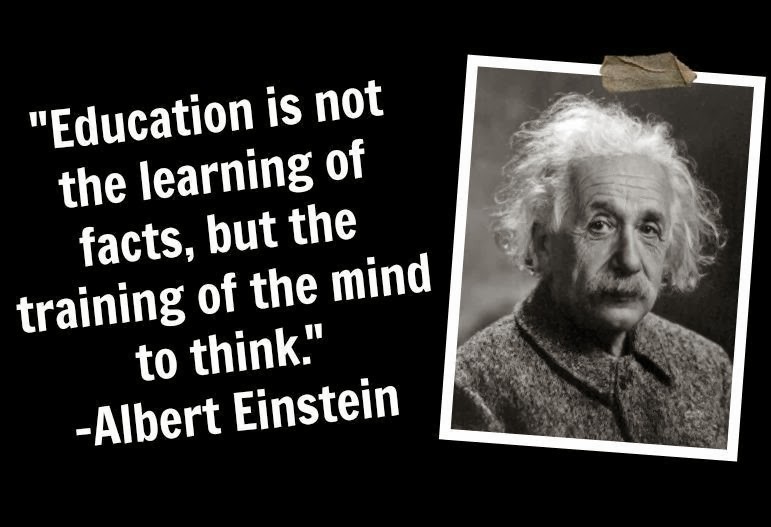


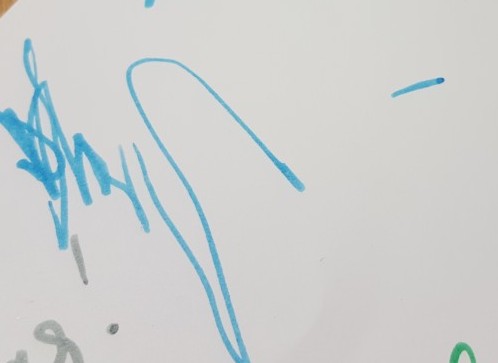




























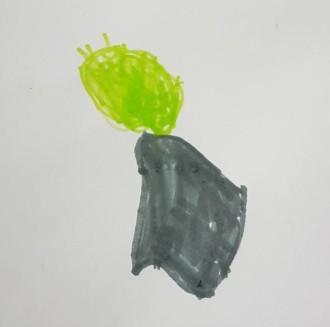
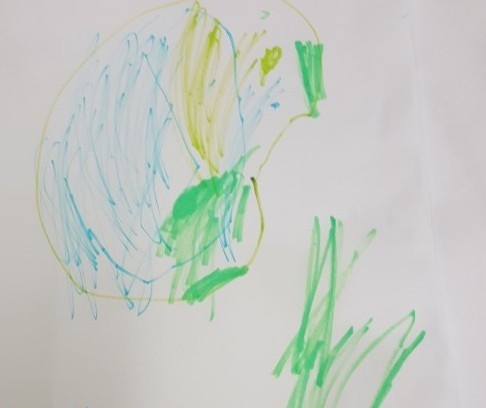
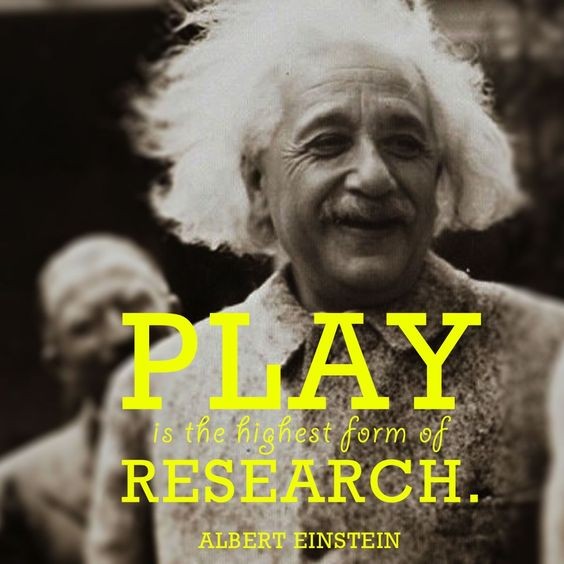
















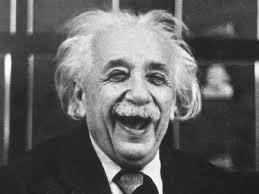
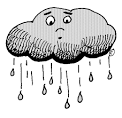
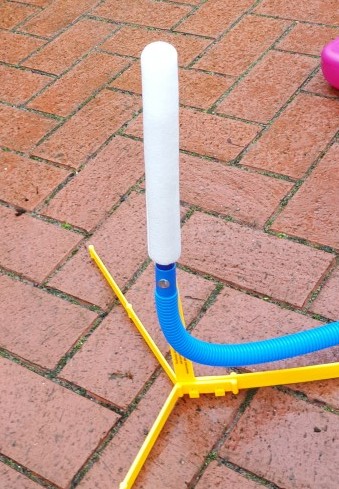












































 ).
).





